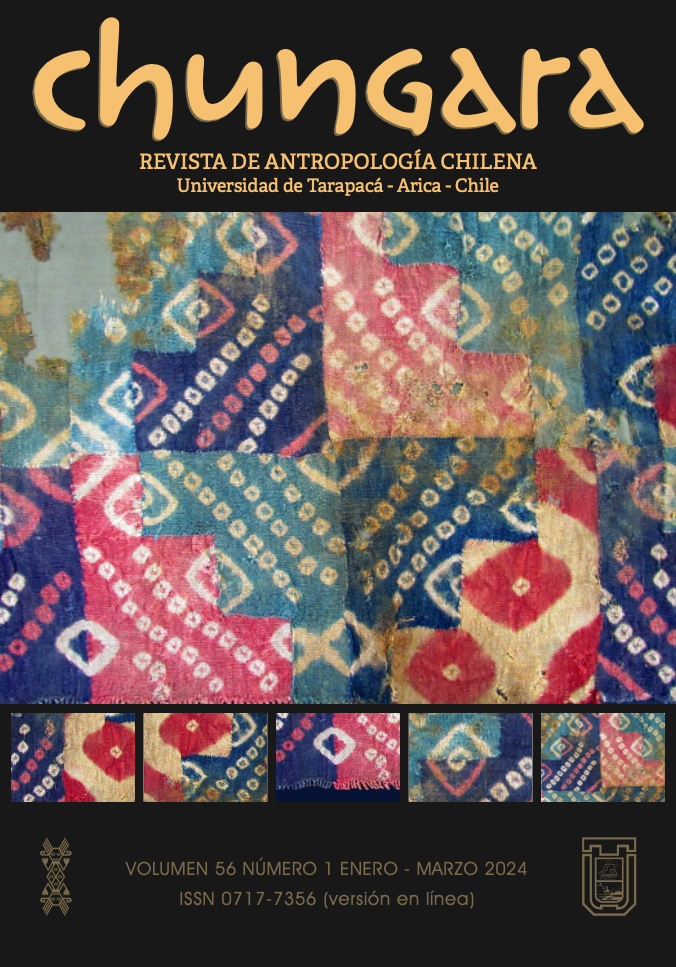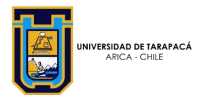20235501(es)/9 - La Cosecha de Agua en La Pampa Occidental de Argentina durante los Siglos XVIII y XIX. Una Vía para Repensar el Registro Arqueológico Prehispánico
WATER HARVESTING IN THE WESTERN PAMPA OF ARGENTINA DURING THE EIGHTEENTH AND NINETEENTH CENTURIES. A WAY TO RETHINK THE PRE-HISPANIC ARCHAEOLOGICAL RECORD
LA COSECHA DE AGUA EN LA PAMPA OCCIDENTAL DE ARGENTINA DURANTE LOS SIGLOS XVIII Y XIX. UNA VÍA PARA REPENSAR EL REGISTRO ARQUEOLÓGICO PREHISPÁNICO
Guillermo Heider
Water was, and still is today, a critical resource in the decision-making of the Indigenous peoples of central Argentina. There, the use of space was strongly related to its presence / absence and quality, from the initial settlement phase to the Rankülche occupations of historical times. Its importance in the past has been considered by research arising from archaeology, history, and ethnohistory. However, few studies have specified the way in which human groups obtained water resources in one of the most extensive semi-arid to arid regions of the Southern Cone. Furthermore, only a limited number of publications have sought to identify archaeological features that fulfill this function. This work presents the variability of techniques to harvest water identified in the Western Pampa in moments prior to the conquest carried out by the Argentine state in 1880. We discuss the available information, mainly drawn from ethnohistorical records of the 18th and 19th centuries. A more precise understanding of the techniques, their location in the hydrogeological landscape, and some related socio-cultural aspects constitute a valuable contribution to identifying, in the archaeological record, possible features used for this purpose at different times of the Holocene.







